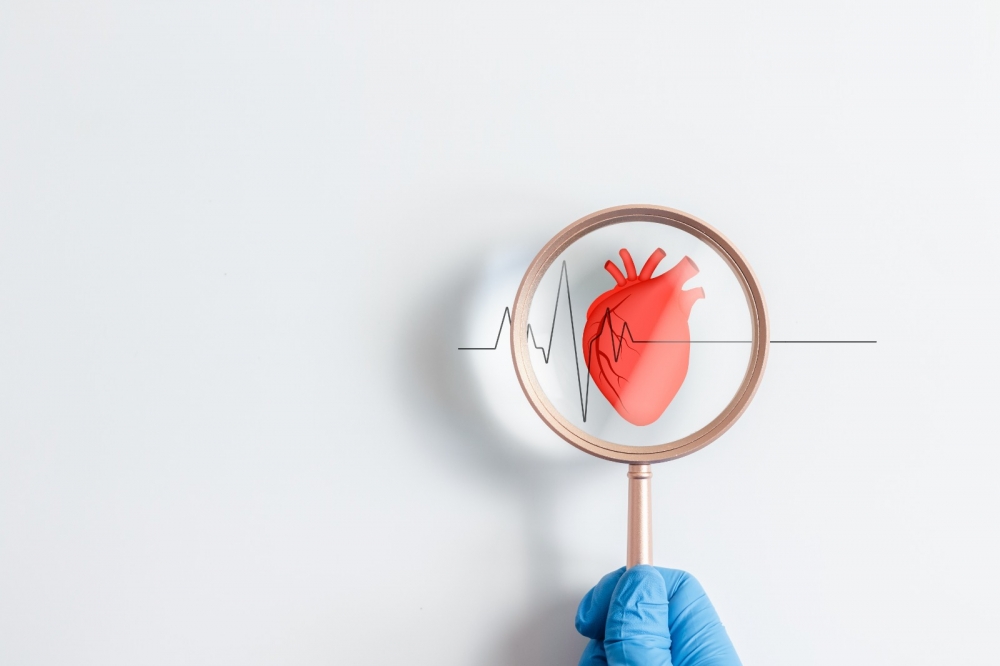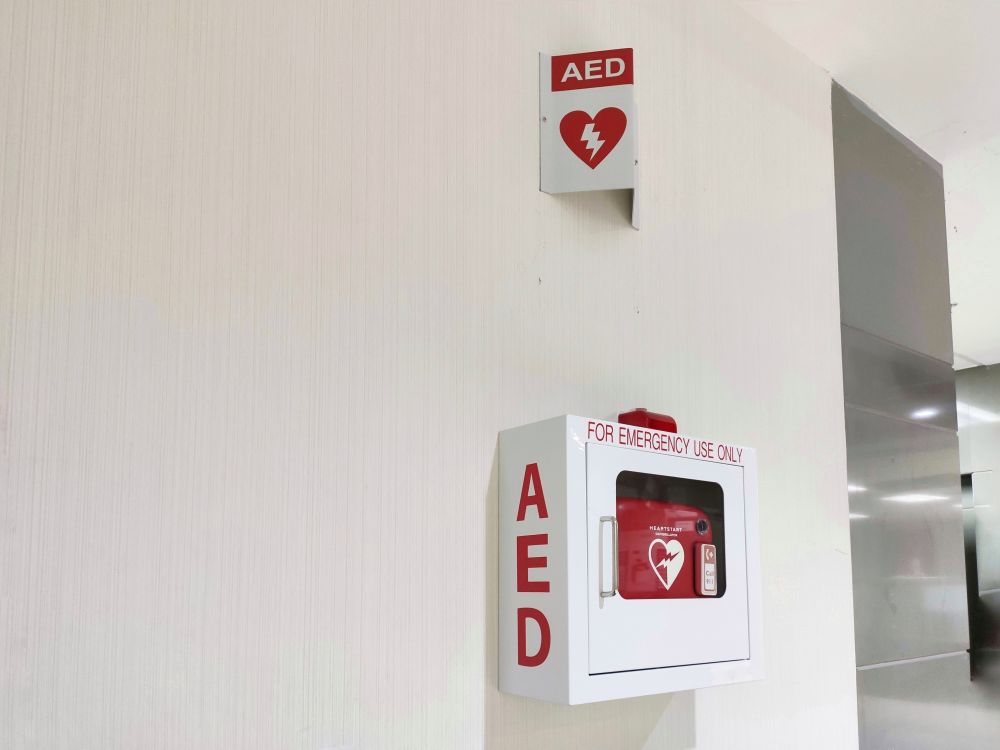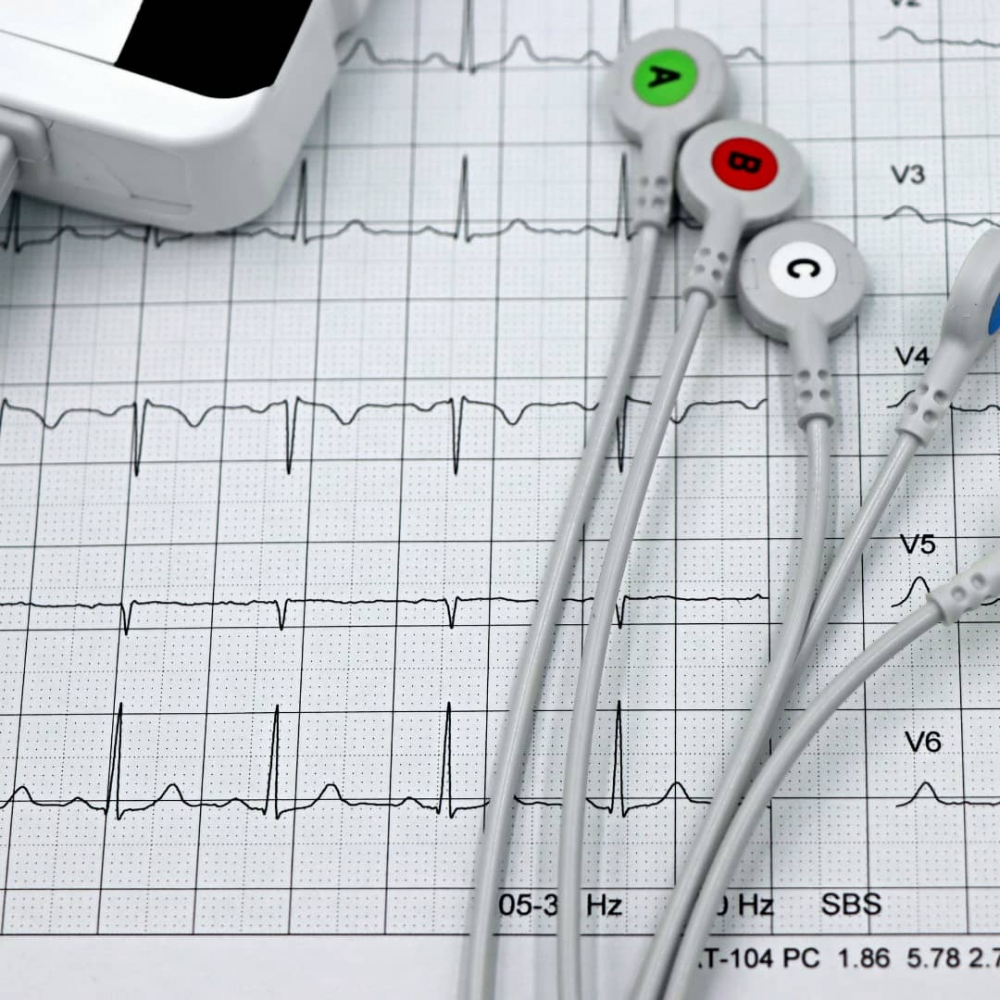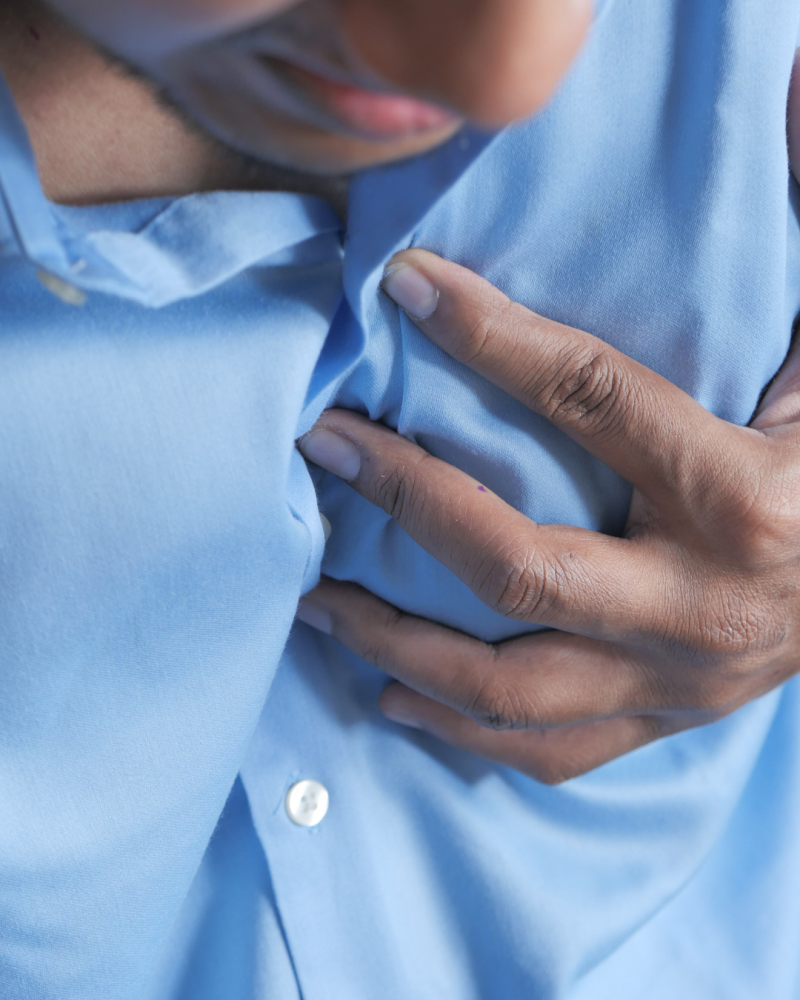CPR: A Skill Everyone Should Know

Any attempt is better than none.
Acting quickly can mean the difference between life and death in a cardiac arrest.
However, good quality CPR improves survival chances and reduces the risk of brain damage. Since blood flow stops during cardiac arrest, rapid and effective chest compressions help maintain oxygen supply to vital organs.
By learning proper CPR techniques, you are not just saving a life—you are giving someone the best chance at a full recovery.
CPR FAQ:
Understanding CPR can make a life-saving difference in an emergency. Here are some of the most common questions about CPR and what you need to know to act quickly and effectively.
-
When should CPR be performed?
CPR should be started immediately when a person is:
✔ Unresponsive – If they are unconscious and do not wake up when spoken to or shaken, call emergency services (999) and send for an AED.
✔ Not breathing normally – If they are gasping, choking, snoring, or not breathing at all, start CPR immediately. Do not wait until they stop breathing entirely.
If you are unsure whether someone is in cardiac arrest, start CPR. They will likely respond if the person does not need it, and you can stop.
-
Do I need formal CPR training to help?
Any attempt at resuscitation is better than none. You do not need to be certified to try and save a life. If multiple people are present, the person with first aid training should take the lead, but anyone can perform CPR.
-
Can I make the situation worse by performing CPR?
If someone is unresponsive and not breathing, their condition will not improve on its own. Without immediate CPR and the use of an AED, they will not survive. Your intervention can only improve their chances.
-
Will I break their ribs when doing CPR?
Possibly. It is common for ribs to break during CPR, but they will heal. The priority is to keep blood flowing to the brain and organs. Fear of injury should never stop you from trying to save a life.
-
Do I have to give mouth-to-mouth breaths?
Hands-only CPR (chest compressions without breaths) is highly effective. If you are uncomfortable giving breaths, focus on compressions—pushing hard and fast in the centre of the chest. Continuous compressions help keep blood circulating and increase survival chances.
-
What does CPR do?
CPR manually pumps the heart, circulating oxygen-rich blood to the brain and organs until emergency responders arrive. It helps keep the heart in a condition where it can respond to an AED shock. Without CPR, brain damage can occur within minutes.
-
Can CPR alone restart a heart?
CPR alone will not restart the heart, but it keeps blood flowing until a defibrillator (AED) is used. This is why calling for emergency services and finding an AED as quickly as possible is crucial.
How do I perform CPR?
1. Place the person on a firm, flat surface.
2️. Kneel beside them and place the heel of one hand on the centre of their chest.
3️. Place your other hand on top and interlock your fingers.
4️. Push down hard and fast (at least 5 cm deep) at a rate of 100-120 compressions per minute.
5️. If comfortable, provide 30 compressions followed by 2 rescue breaths. Otherwise, continue with hands-only CPR.
6️. If an AED is available, turn it on and follow the voice instructions. Apply the pads to the chest and stand clear when it delivers a shock.
7️. Continue CPR until the person starts breathing or emergency responders arrive.
Take Action – CPR Saves Lives
Cardiac arrest can happen anytime, anywhere. Knowing these facts can empower you to act fast and save a life. Be prepared—every second counts!
Medical review by Dr. Lim Fang Jen, Consultant Emergency Physician
Suggest to Read









